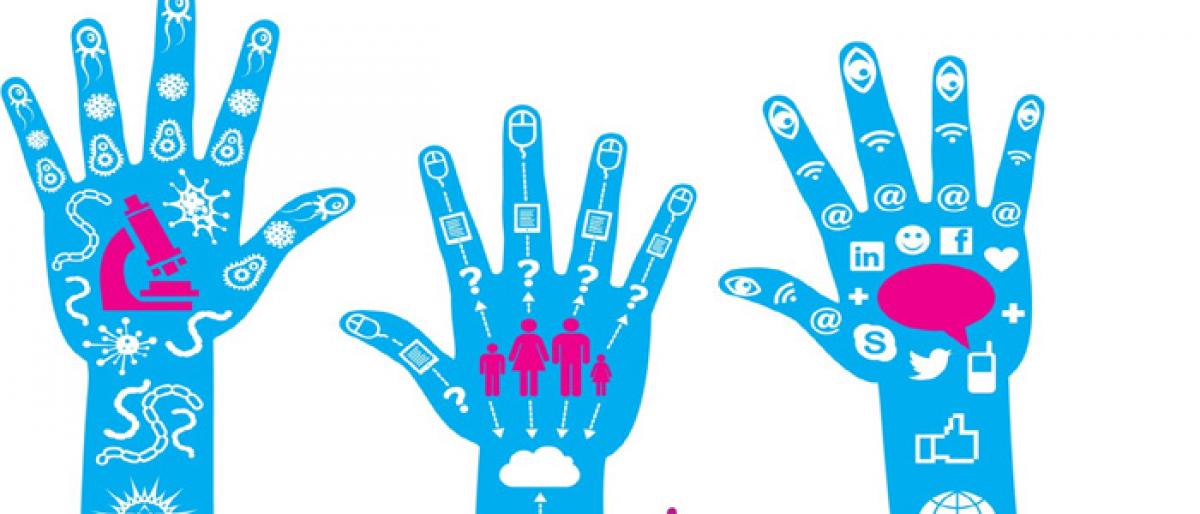What is a rare disease?

A rare disease is any disease that affects a small percentage of the population. In some parts of the world, an orphan disease is a rare disease whose rarity means there\'s a lack of a market large enough to gain support and resources for discovering treatments for it, except by the government granting economically advantageous conditions to creating and selling such treatments.
A rare disease is any disease that affects a small percentage of the population. In some parts of the world, an orphan disease is a rare disease whose rarity means there's a lack of a market large enough to gain support and resources for discovering treatments for it, except by the government granting economically advantageous conditions to creating and selling such treatments.
Orphan drugs are ones so created or sold. Most rare diseases are genetic and thus are present throughout the person's entire life, even if symptoms do not immediately appear. Many rare diseases appear early in life, and about 30% of children with rare diseases will die before reaching their fifth birthday. With a single diagnosed patient only, ribose-5-phosphate isomerase deficiency is considered the rarest known genetic disease.
No single cutoff number has been agreed upon for which a disease is considered rare. A disease may be considered rare in one part of the world, or in a particular group of people, but still be common in another. American organisation Global Genes have estimated that more than 300 million people worldwide are living with one of the 7,000 diseases they define as "rare" in the United States.
There is no single, widely accepted definition for rare diseases. Some definitions rely solely on the number of people living with a disease, and other definitions include other factors, such as the existence of adequate treatments or the severity of the disease.
In the United States, the Rare Diseases Act of 2002 defines rare disease strictly according to prevalence, specifically "any disease or condition that affects fewer than 200,000 people in the United States",[3] or about 1 in 1,500 people. This definition is essentially the same as that of the Orphan Drug Act of 1983, a federal law that was written to encourage research into rare diseases and possible cures.
However, the European Commission on Public Health defines rare diseases as "life-threatening or chronically debilitating diseases which are of such low prevalence that special combined efforts are needed to address them." The term low prevalence is later defined as generally meaning fewer than 1 in 2,000 people. Diseases that are statistically rare, but not also life-threatening, chronically debilitating, or inadequately treated, are excluded from their definition. (Courtesy: Wikipedia)

















